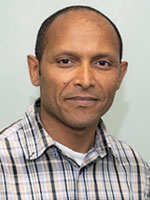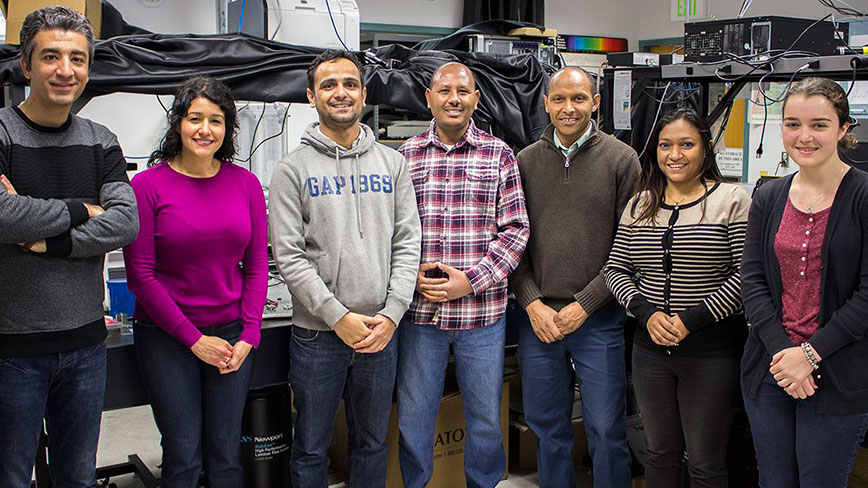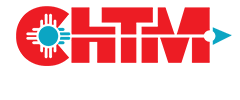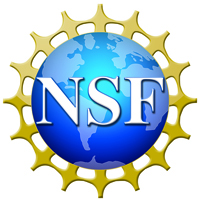Recent News
NQVL Design Phase Award
October 1, 2025
CHTM Joins NSF's NQVL Pilot Projects
August 9, 2024
OSE PHD, Dr. Xuefeng Li - Wins The Outstanding Interdisciplinary Graduate Programs Award
May 10, 2024
Dr. Ali Rastegari - 2024 OSE Best Dissertation Award Winner
May 10, 2024
News Archives
Terefe Habteyes receives National Science Foundation CAREER Award
January 20, 2017 - CHTM

Terefe Habteyes
Terefe Habteyes, assistant professor with the UNM Department of Chemistry & Chemical Biology and a faculty member with the UNM Center for High Technology Materials (CHTM), is the recipient of a National Science Foundation (NSF) Faculty Early Career Development (CAREER) award.
The Faculty Early Career Development (CAREER) Program is NSF’s most prestigious award in support of junior faculty who exemplify the role of teacher-scholars through outstanding research, excellent education, and the integration of education and research within the community. The NSF CAREER program is geared toward helping early-career faculty get strong starts on their academic careers.
Habteyes' project is titled “Near-Field Imaging for Nanoscale Visualization of Exciton-Plasmon Energy Transfer.” The research will be conducted in the UNM Department of Chemistry & Chemical Biology and at CHTM.
Background of the technology
Nanotechnology devices have the potential to revolutionize sensing, catalysis, and solar energy harvesting. Realizing this potential will require tools which can measure and manipulate building blocks far smaller than the wavelengths of visible light. Existing super-resolution microscopes can produce images on this nanoscale, but provide limited information on key aspects of light interactions and energy transfer.
Project Summary
Habteyes is developing a new type of super-resolution microscope capable of nanoscale imaging of energy transfer properties. By combining an ultrathin “scanning probe” with laser excitation, energy transfer images can resolve features only a few nanometers across.
Using quantum dots and metal nanostructures, Habteyes and his students will examine energy transfer within and between these nanoscale materials to determine how material and device properties can be improved. Visualization of these “invisible” features is a powerful motivator for new students, and helps attract undergraduate, graduate and high school students into his lab.
Students from Highland High School, located nearby in a low-income Albuquerque neighborhood, will participate in summer research in Habteyes’ lab and then share their research experiences with their classmates.
Profile
Habteyes received his B.S. and M.S. degrees in Chemistry from Addis Ababa University in 1997 and 2000, and his Ph.D. in Chemistry from the University of Arizona in 2008, working with Andrei Sanov. He was a postdoctoral fellow at the University of California at Berkeley and Lawrence Berkeley National Laboratory from 2008 to 2012 working with Stephen Leone and Paul Alivisatos. He started his assistant professor position at the University of New Mexico in August 2012.
His research group focuses on deeper understanding of chromophore-metal interactions resolving observables in energy, space and time domains using apertureless near-field scanning optical microscopy and spectroscopy. Their near-field optical microscope achieves spatial resolution in the order of 10 nm, and they aim to exploit this unique capability of optical resolution to investigate energy and charge transfer that inherently takes place when the donor and acceptor materials are in close proximity (less than 30 nm separation).
Habteyes Research Group

(l-r) Graduate students Hamed Kookhaee, Jenny Carolyn Sanchez, Bijesh Kafle, Tefera Tesema, Assistant Professor Terefe Habteyes, graduate student Sharmin Haq and undergraduate student Marisa Poveda
Related:
Professor Habteyes was featured in the UNM Newsroom, with an outstanding photo-essay. It covers his research project in more depth.



